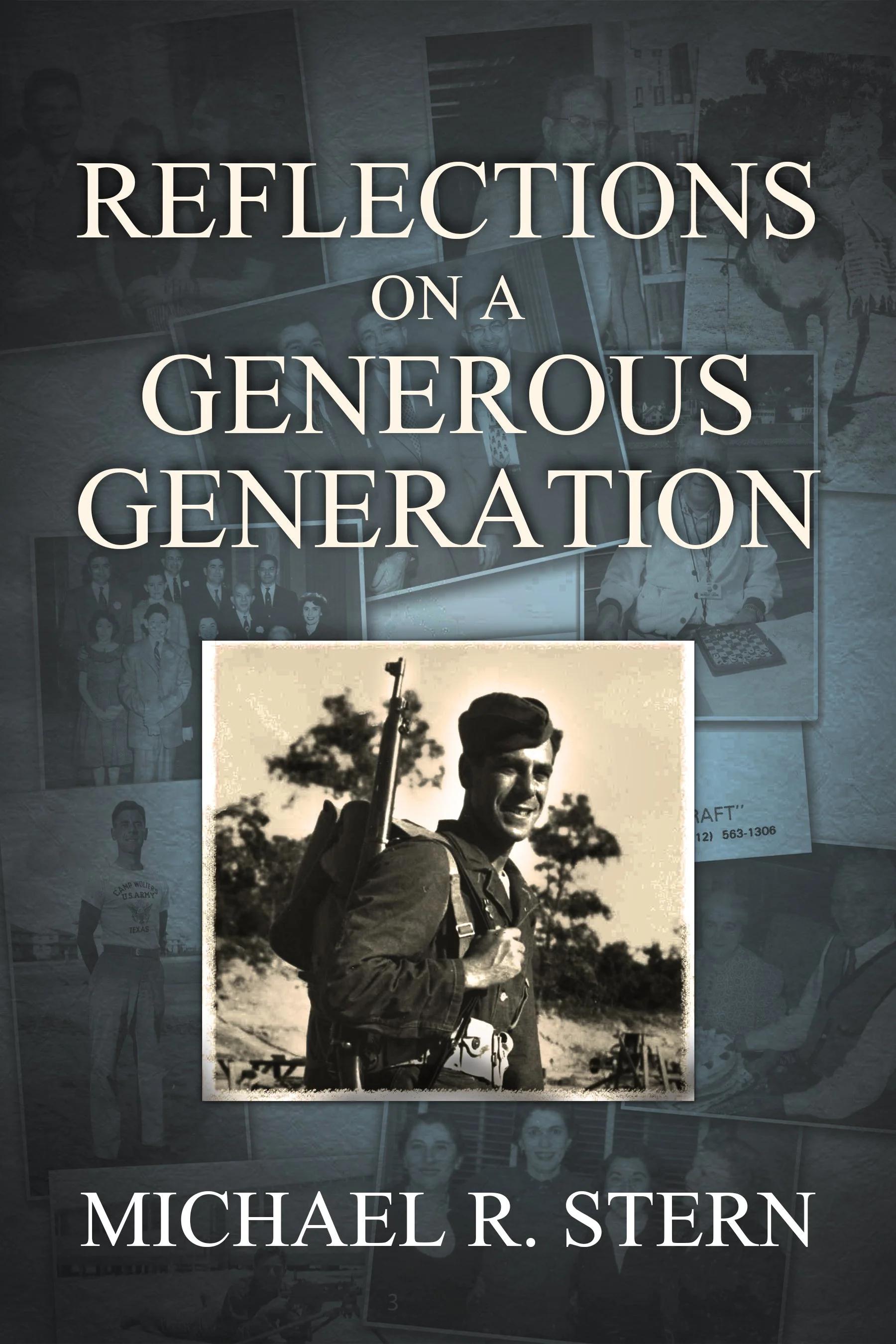Given an Opportunity
Book summary
"Given an Opportunity" chronicles the remarkable journey of Arthur O. Eve, who rose to the rank of Deputy Speaker in New York State's Assembly. With unwavering dedication to truth, equality, and justice, Eve paved the way for marginalized communities. His tireless efforts uplifted countless individuals and inspired generations to stand up for one another, leaving behind a legacy that will resonate for years to come.
Excerpt from Given an Opportunity
The assassination of Dr. Martin Luther King, Jr. set Buffalo on the brink of chaos, as it did in communities throughout the United States. In the immediate time after Dr. King’s death, Arthur O. Eve and other local politicians reached out to Buffalo communities, successfully quelling violence. From locking arms with fellow politicians and Buffalo citizens in Lafayette Square to visiting area schools with Councilman Charles Volkert and police officer Ted Kirkland (Cichon, 2016; Taylor, 1998, p. 109), Assemblyman Eve helped pull Buffalo through tumultuous events that may have otherwise torn Buffalo’s communities further apart than they already were.
Attica
Assemblyman Eve’s work-release programs, which he championed later in his political career, were built upon his longstanding fight for rights and equality for incarcerated citizens. In particular, Arthur O. Eve and other progressive leaders fought to bring light to the glaring reality that African Americans, Latinos, and other minorities were disproportionately imprisoned when compared to white convicts, a lack of funding for bail and expert legal representation significant hardships to overcome. The lack of economic and educational opportunities for minorities throughout America was a direct cause for this reality. While civil rights legislation passed during the 1960s aimed to curb discrimination minorities faced, the reality was that discrimination throughout the country remained an overwhelming hurdle, particularly for those who did not speak English.
Once incarcerated, minorities faced additional barriers as whites, Less than 40% of Attica’s prisoner population in the early 1970s held the vast majority of higher paying jobs available to convicts within the prison (Thompson, 2016, p. 12). As inmates were provided with limited resources each month, including only one bar of soap and one roll of toilet paper (p. 8), the earnings from prison work could have made a significant difference for inmates—at least if they could have attained one of the higher paying job opportunities and thereby afford daily essentials in the commissary.
Prior to the 1971 uprising at Attica Prison, New York State had already experienced upheavals in state penitentiaries in the NYC region and across upstate; one of the most impactful was the fall 1970 revolt at Auburn Correctional Facility, where inmates took correction officers and other support personnel hostage in response to overcrowding and poor living conditions. In response to the standoff, the involved prisoners secured an opportunity to present their grievances and demands to a prison official and an assurance that those involved in the revolt would face no punitive action or abuse (p. 24). Once the hostages were freed, the inmates’ demands were heard, but punishments in the form of beatings, isolation, and criminal charges were doled out (p. 24).
In the aftermath of the Auburn revolt, Assemblyman Arthur O. Eve visited the Auburn Correctional Facility to assess the living conditions of inmates, as well as to check on those inmates held most responsible for the revolt. His discoveries during his visit horrified many. What is known is that after his 1970 visit to Auburn Correctional Facility, Assemblyman Eve warned of the “inhumane” treatment of prisoners (Thompson, 2016, p. 25).
On September 8, 1971, tensions began to build because of a scuffle between two inmates. Correction officers, including Lieutenants Richard Maroney and Robert Curtis, confronted the involved inmates, one of whom was Leroy Dewer, a participant of the 1970 uprising at Auburn who had been sent to Attica (Wicker, 2011, p. 10). By day’s end, Dewer and inmate Ray Lamorie were taken from their cells to solitary confinement, actions that severely angered inmates (p. 14). To complicate matters, many prisoners feared both inmates involved had been severely beaten (Thompson, 2016, p. 49). In the morning, on September 9, 1971, the inmates’ collective anger over the previous day’s incidents, the harsh living conditions, and the lack of response to inmate grievances presented in recent months to prison officials, led to a group of prisoners attacking Attica’s corrections officers and taking control of multiple areas of the prison. During the conflict, multiple officers were severely beaten while others were spared from intense retaliation, inmates often protecting those officers and civilian employees who were deemed “good guys” and respectful of prisoners (NYS Special Commission, 1972, p. 176; Thompson, 2016, pp. 56-57; Wicker, 2011, p. 16).
Upon hearing of the uprising, Assemblyman Eve quickly made his way to the prison. It was not long before Eve was apprised of the situation, and the assemblyman ultimately became one of the first individuals, along with Herman Schwartz, to enter “D Yard” where prisoners had gathered and where Eve and Schwartz received the inmates’ demands (NYS Special Commission, 1972, p. 206; Thompson, 2016, pp. 75-76). Known for his work on behalf of incarcerated citizens, Eve immediately proved a calming force in the turmoil, his presence helping to soothe tensions evident at the first meeting between inmates and Eve (Thompson, 2016, p.74). Early on in negotiations, Eve arranged to have a group of inmates from D Yard to inspect other areas of the prison now under control of prison authorities. Inmates in D Yard worried other inmates, particularly those in custody in C Block, were being physically punished in retaliation for what had transpired, as occurred to participants after the Auburn uprising (p. 78). After assurances from multiple observers did not alleviate such concerns, Eve helped arrange for a small group of inmates to tour C Block (NYS Special Commission, 1972, p. 224; Thompson, 2016, pp. 84-85).
Arthur O. Eve ultimately assumed a leadership role for the observers who tried to peacefully end the standoff between the inmates and New York correctional and executive authorities. Amnesty for the inmates was one of the demands sought by those who participated in the uprising; it was likewise something that Eve and other observers, knowing the precarious situation faced by all, had argued for as well (NYS Special Commission, 1972, pp. 270-271; Wicker, 2011, p. 257). For Eve and other observers, the presence of New York Governor Rockefeller was critical so that the state’s chief executive could better evaluate and understand the tension and the collective anger and frustration the assembled state officers were harboring, and the likely extent of extreme violence (NYS Special Commission, 1972, p. 271). However, the governor did not go to Attica.
Complicating things further, a message was sent to the inmates by Russell Oswald, the Commissioner of Correctional Services, which requested that the state personnel being held hostage be released and that inmates accept terms presented by Eve and the other observers. The observers, including Eve, believed this action shattered the trust they had developed with the inmates, because the observers were actually just relaying what they considered the “best deal” the inmates would receive from the commissioner (p. 278). The prospect of reentering the yard for further negotiations became a dangerous proposition at that point as the inmates would likely have seen the statement as the observers agreeing to terms without consent of the inmates (Thompson, 2016, p. 145). Eve, however, worked to get back to the inmates to salvage the situation. Before being allowed into D Yard, however, the governor required any observers entering the prison to sign waivers protecting the state from lawsuits in the event an observer was injured or killed (p. 147).
Faced with such a grim choice, Eve and several other observers still entered Attica Prison to meet with inmates once again.
While reading Heather Ann Thompson’s Pulitzer Prize-winning account of Attica, Blood in the Water (2016), I was overwhelmed by Thompson’s recounting of a statement by Richard Clark, one of the inmates leading the others. Upon Eve and the other observers entering D Yard and returning to the negotiating table set up by the inmates, the commissioner’s words still fresh in their minds, Clark informed them that some of the inmates would love to kill them (p. 147). The observers were able to convince the inmates that they were not aware of the message the commissioner planned to send. Fortunately, the inmates again recognized Eve and company’s genuine wish to aid the prisoners and assure a peaceful solution.
Newsman/cameramen were allowed to speak with hostages, who reiterated the importance of the governor coming to Attica and that amnesty be granted. Yet the governor never came. After the uprising was ended with an assault by state forces, and interviews were conducted of survivors, inmates stated that the governor’s presence would have likely led to a settlement (NYS Special Commission, 1972, p. 294).
On September 13, 1971, state authorities stormed Attica and regained control, their assault leading to the death of ten hostages and twenty-nine prisoners, with many others receiving critical wounds. In the aftermath, Assemblyman Arthur O. Eve joined other observers in touring the prison grounds, whereupon they witnessed the torture of inmates (Thompson, 2016, p. 211), with beatings being observed by prison staff days after the retaking of Attica (p. 216), and the targeting of minorities by prison personnel even observed by national guardsmen brought in to assist with restoring order (pp. 211-212). Rumored atrocities on the part of inmates likely contributed to the severity of the treatment they received during and after authorities reclaimed the prison, yet the rumors did not match facts found during autopsies; the hostages were all shot (Wicker, 2011, pp. 302-303). Observations were made by Assemblyman Eve regarding inmate L. D. Barkley, an inmate who was amongst those contributing to negotiations. Barkley was found dead from gunshot wounds to the back and chest after the state’s assault, but Eve recalled seeing Barkley alive after prison personnel had assumed full control of Attica (NY State Special Commission, 1972, p. 396). What happened after the guards had regained control? The collective findings by witness observations, autopsies, and eventual investigations still leave many questions unanswered, though a judge ultimately ruled that authorities used excessive force in the retaking of the prison (Thompson, 2016, p. 460).
Eve would help spearhead prison reforms throughout his career (Levy and Miller, 1981, pp. 58-59). As for Governor Rockefeller, Assemblyman Eve led efforts to impeach the governor for using such lethal force at Attica “when a peaceful solution was clearly visible” (Gilliam, 1975, pp. 139-140). After Rockefeller’s nomination for Vice President by President Gerald Ford in 1974, during Rockefeller’s senate hearings, Assemblyman Eve testified, relaying the governor’s decisions and actions regarding the Attica uprising. While the senate ultimately approved Rockefeller’s nomination for the vice presidency, Arthur O. Eve clarified for many Americans what had transpired in Attica during September of 1971.
















Praesent id libero id metus varius consectetur ac eget diam. Nulla felis nunc, consequat laoreet lacus id.